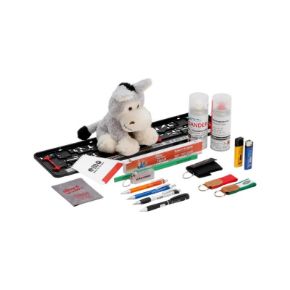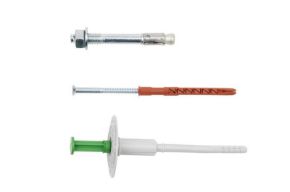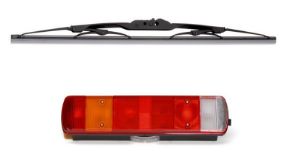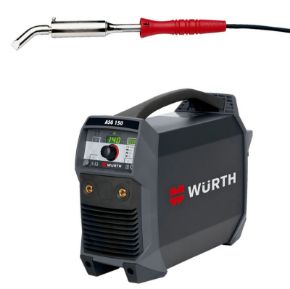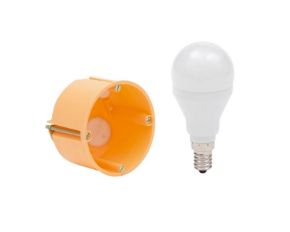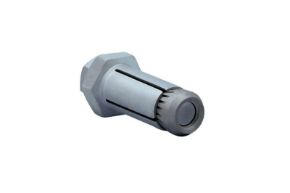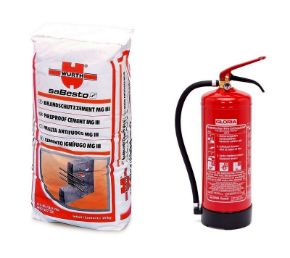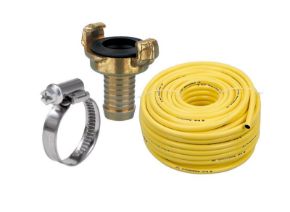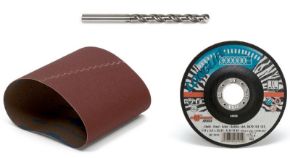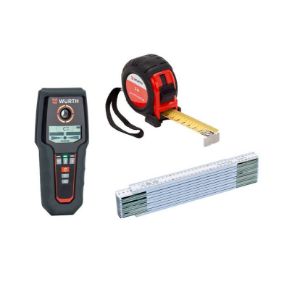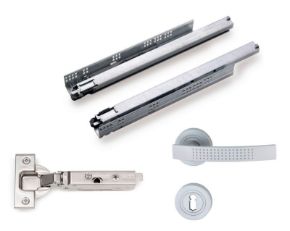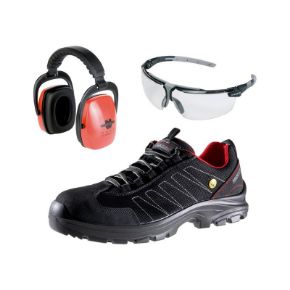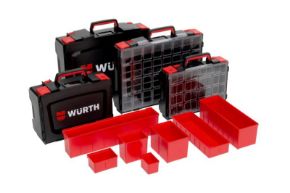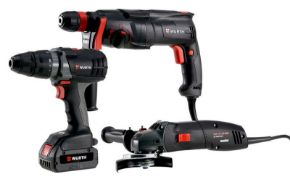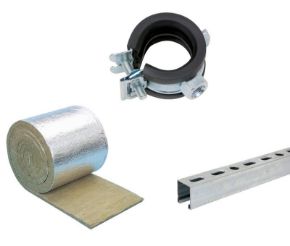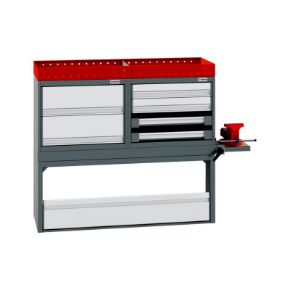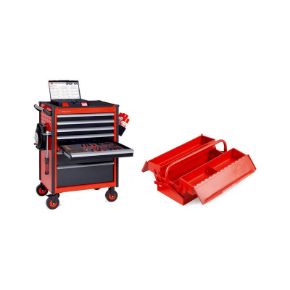Blog posts tagged with 'tools'
5 things you should look out for before purchasing your next compressor.
We can't imagine our life without tools. When you are going to chop, chisel, file, saw or something else you have to carry out your action with suitable and easy-to-use for work tools. No one knows exactly when and how were created the first tools used by the human. Some of the masters consider the tools found in northern Kenya in 1969 to be the first tools made by human. They are very old. Perhaps about 2,600,000 years old! Our world vary a lot from that time but we still have to use tools to build something or repair. Some of our tools changed but some almost left the same. Some of the tools have old origin but some comparatively are very new.
When you choose to try some tiling project in the bathroom or kitchen or any place where you are going to have tile, you usually think about the first helpful and useful tools to initiate your first experience or perhaps continue the previous. Without any apprehension we can tell you that first you have to find is good wet-cutting tile saw when you are thinking to work with tile. A tile saw would be a great assistant in cutting the tile. You can even make great variety of curves on tile and make your room look really unique and sophisticated. But have you ever thought about origin of the saw you are going to You can't even imagine how interesting was the history of creating tools.
If someone is asked what is a saw he would say that saw is a tool made of metal strip with teeth on one edge. Egyptians used the first saws in their everyday life. The saws were very simple and made from the copper. But like Egyptians we still need a saw because we need to build our houses from wood and many other things, for example, furniture. For very long time people used only hand saws. The first circular saw was created in 1777 we can easily saw the wood.
First this type of the saw was hand-held but a spinning saw disk was able to cut the wood more quickly and become a real way out for craftsmen because very soon when it was powered and there was no need to cut the wood manually. Maybe you'll be surprised to learn that the first chain saw was made as a surgical instrument made by the German Bernard Heine for aims of prosthetics. This event took place around 1830 and for sure changed our world (even the cinema). Very soon in 1926, a german inventor, announced the "Cutoff Chain Saw for Electric Power" and in 1929, the same inventor created the first gasoline-powered chainsaw. The tool he created almost a hundred years ago we can tell the modern chainsaw. Today a tile saw with a water-filled trough becomes very popular among the craftsmen and anyone who wants to learn to do something with their own hands. Wet tile saw is much better than usual tile saw because the water cools the blade, preventing you to breathe with harmful dust and let you work more accurate and control your cuts with the great pedantry, what is necessary for the perfect results you can be proud of. Most of the tiles are portable enough to go with you just about anywhere. Some models have even a flow-rate dial that lets you control the speed of the water pump , operating with the great caution.
, operating with the great caution.
Also the wet tile saw padlock was created to ensure your safety in any place where you cut tile. You can place it in the off position when you are no longer using the tool. Without any question a saw is a very helpful tool that changed our lives and our style of life.
You can view Wurth's Malta range of saws here
Article source www.articlefactory.com
Author Dina Linik
How many tools are enough?
Wurth Malta offers a wide range of high quality tools.
Tools have been with us since the beginning of time – they have driven our civilization and allowed us to thrive. This is no less true today then it was in the past. While most people no longer have the skills required to complete complicated tasks around the house, to avoid having to call in a contractor every time you need to hang a picture, you need to put together a basic toolbox. A basic toolbox is essential for any homeowner, or even renter.
Your Basic Toolbox
It is important to first consider the importance of getting quality tools before buying any tools. You should only buy quality tools. While they are more expensive, in the long run they will be worth it. Quality tools will last longer, and work better. A well-made drill will drill straighter. A well-made screwdriver will tighten faster. Although this may mean that you only buy your tools incrementally, it is still a better plan than trying to get all of your tools in one shot by purchasing inferior materials.
The first tool you should buy for your toolbox is a screwdriver. A screwdriver will come in handy on almost any project around the house, from replacing your telephone jacks to building a that new addition you’ve always dreamed about. If you can afford it, get a screwdriver with a full set of detachable tips (including Phillips heads).
After purchasing a screwdriver set, you should look for a good quality hammer. It doesn’t matter if the handle is made of wood or fibreglass. All that’s important is that you need to make sure it is comfortable in your hand and feels substantial (assuming, of course, that you will be using it for something more taxing than hanging picture frames).
The final basic tool you need for your toolbox is a set of adjustable wrenches. Most sets usually come with three different sizes, and will work on almost any size of nut or bolt you are likely to encounter around the house.
Other small tools you can fit into your toolbox are a level, tape measure, utility knife, pliers, and flash light (always useful when working in out of the way corners).
Taking Your Tools beyond the BasicToolbox
You can start expanding into more substantial tools once you have your three basic tools covered and have started to fill your toolbox with smaller gadgets.Other larger tools you will find useful to have around the house include a saw, a level, a planer, and a set of paintbrushes.
The first non-toolbox tool you should buy is an electric drill. If you’ve ever had to put screws in by hand, you will immediately appreciate the power and convenience of using a drill. A good drill will help you put in screws effortlessly and accurately. When buying a drill, be sure to compare the prices of normal power drills with cordless power drills. You will likely find that the difference is not as great as you thought it would be. If that is the case , it is strongly recommended that you cough up the extra cash to get the cordless drill. You will be amazed at how much easier drilling will be when you are not constantly getting tangled up in the extension cord!
, it is strongly recommended that you cough up the extra cash to get the cordless drill. You will be amazed at how much easier drilling will be when you are not constantly getting tangled up in the extension cord!
Source: Free Articles from ArticlesFactory.com
Author: Steve Dolan
The Dangers of Wood Dust (adapted from from www.wuerth.de)
Wood dust is dangerous. When it gets inhaled, it can infect and cause severe health issues to the human body. Fine wood dust can lead to serious health problems, depending on the type of wood - from chronic inflammation to nasal cancer. For carpenters, wood hobbyists and other woodworking companies protection from wood dust is a must. From suction to respirators - we'll tell you how to prevent wood dust from endangering yours and your employees' health.
Which occupational groups are particularly at risk from wood dust?
In Europe, an estimated 2 million people work in the wood industry. In principle, wood dust can be a health threat to any of them, albeit to varying degrees. Parquet installers, wood workers and carpenters who work with wood should also strive to provide adequate protection against wood dust.
The nose is considered to be particularly prone to cancer, as it is exposed to numerous environmental influences every day. The nasal mucous membrane filters harmful gases or dust particles so that they do not enter the lungs. However, these pollutants remain stuck in the nasal mucosa and can cause cancer, as well as other diseases such as asthma, acute or chronic inflammation of the nasal mucosa or allergies.
Signs of nasal cancer may include frequent, mild nosebleeds, increased secretion, and obstruction of nasal breathing. In that case you should urgently consult a doctor.
How can you protect yourself and your employees from wood dust?
Wurth offers a vast range of personal protective equipment (PPE). As responsible carpenter or woodworker, you must protect your employees and yourself by providing respirators, masks and goggles. Wurth also offers a large selection of hand abrasives, designed at minimising the amount of dust generated. You also need to be sure that your workers are not overburdening and reducing the workload to a minimum required. You and your employees should be adequately train in using such equipment and that this equipment is checked and changed regularly according to usage and needs. Furthermore, you must make sure that your woodworking machines are cleaned regularly. This reduces the amount of dust particles already adhering to the tool.
Always advise your employees to exercise caution and to be alert for any signs of ailment. Make them aware of the health risks of wood dust and look for a regular check-up of your employees by an ENT specialist as aforementioned in this article.

